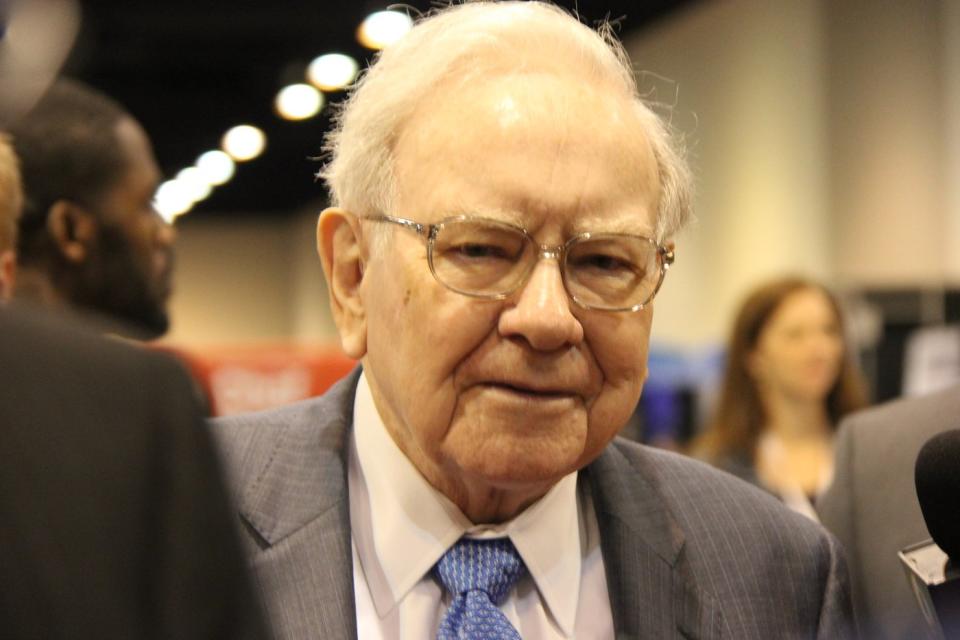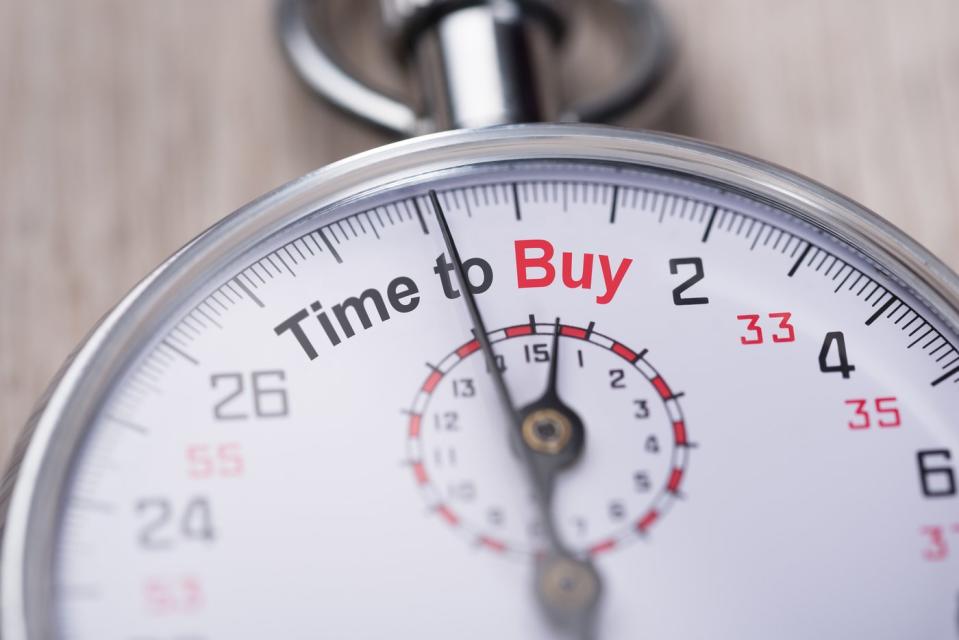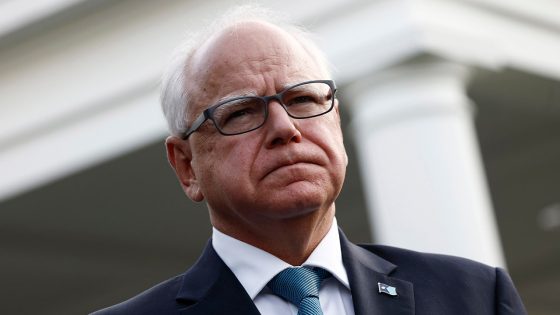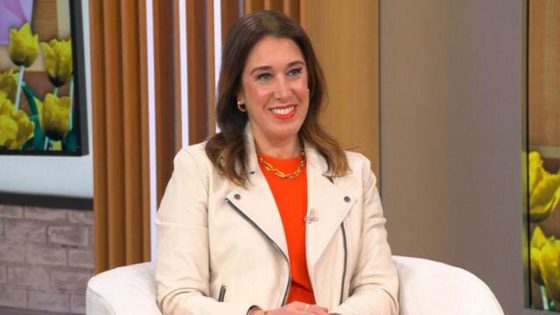When Berkshire Hathaway (NYSE: BRK.A)(NYSE: BRK.B) CEO Warren Buffett speaks, professional and everyday investors pay close attention. That’s because the “Oracle of Omaha,” as he’s come to be known, has handily outpaced the benchmark S&P 500 in the return column over nearly six decades.
Whereas the S&P 500 has produced an impressive total return, including dividends, of around 34,200% since the mid-1960s, Buffett has overseen an aggregate return in his company’s Class A shares (BRK.A) that’s approaching 5,000,000%! With an outperformance this great, it’s no wonder tens of thousands of investors flock to Omaha, Neb., each year to hear Buffett speak about stocks and the U.S. economy.
It also explains why investors wait on pins and needles for Berkshire Hathaway’s quarterly Form 13F filing. A 13F provides a snapshot of what Wall Street’s brightest and most-successful money managers bought and sold in the most recent quarter.

Though Berkshire’s 13Fs have historically been a gold mine for investors, they don’t tell the full story about Warren Buffett’s favorite stock to buy.
The Oracle of Omaha has spent a small fortune on Berkshire’s core holdings
With the preface that I’m writing this up before Berkshire Hathaway files its 13F on Wednesday, May 15, the combination of Berkshire’s previous operating reports, 13Fs, and annual letters to shareholders show that Warren Buffett and his investment team have spent a small fortune building up many of their core positions.
Based on admissions by Buffett during his company’s latest annual shareholder meeting, he and his top investment aides (Todd Combs and Ted Weschler) sold about 13% of their company’s leading position in tech stock Apple (NASDAQ: AAPL) for tax purposes in the March-ended quarter. This reduced the market value of Berkshire’s stake in Apple to an estimated $144.5 billion, as of the closing bell on May 10.
However, Buffett and his team are sitting on a massive unrealized gain. According to 13F aggregation website WhaleWisdom.com, Berkshire Hathaway is estimated to have a cost basis of less than $40 in Apple. This suggests Buffett & Co. spent around $31.3 billion to purchase the shares of Apple they currently own.
The Oracle of Omaha and his crew have also spent big bucks building up Berkshire’s holdings in two integrated energy companies, Chevron (NYSE: CVX) and Occidental Petroleum (NYSE: OXY). Somewhere in the ballpark of $16 billion and $13 billion have, respectively, been put to work in shares of Chevron and Occidental — and this doesn’t count the $8.5 billion in Occidental Petroleum preferred stock that Berkshire also owns.
Spending an aggregate of $29 billion on energy stocks is a pretty clear indication that Berkshire’s smartest investment minds expect the spot price of crude oil to remain elevated. Following years of capital underinvestment during the pandemic by energy majors (including Chevron and Occidental), the global supply of crude oil is constrained. With no easy fix in sight, higher spot prices should be beneficial to the high-margin drilling segments of both companies.
Warren Buffett put quite a bit of his company’s capital to work when beverage company Coca-Cola (NYSE: KO) and credit-services provider American Express (NYSE: AXP) were added to Berkshire’s portfolio in 1988 and 1991, respectively. Based on a previous annual letter to shareholders, Buffett points out that his company’s cost basis on Coca-Cola and AmEx is roughly $1.3 billion for each company.
In his latest annual letter to shareholders, Buffett referred to Coca-Cola and American Express as “indefinite” holdings. They’re companies with especially strong branding and marketing that benefit from long-winded periods of economic growth.


Warren Buffett has purchased over $77 billion of his favorite stock since 2018
Collectively, Warren Buffett has put around $63 billion to work in these five core holdings. While that might sound like a lot of money, it’s actually dwarfed by the amount of cash he’s spent buying shares of his favorite stock over the last six years.
What makes this purchasing activity somewhat of a mystery is that it doesn’t show up in Berkshire Hathaway’s quarterly 13Fs. In order to track the buying activity in Buffett’s favorite stock, you’ll need to dig into the company’s quarterly operating results.
Toward the end of each quarterly report, just prior to the executive certifications, you’ll find the complete details on share repurchases undertaken during the previous three months. That’s right… the company Warren Buffett has spent more money buying shares of than Apple, Chevron, Coca-Cola, American Express, and Occidental, combined, is Berkshire Hathaway!
Before the midpoint of July 2018, Warren Buffett and the late, great Charlie Munger had their hands tied when it came to share buybacks. Repurchases were only allowed if Berkshire’s stock fell to or below 120% of book value (i.e., no more than 20% above stated book value in the latest quarter). At no point did Berkshire’s stock hit this threshold during the 2010s.
On July 17, 2018, Berkshire Hathaway’s board adopted new measures that allowed Buffett and Munger to get off the proverbial bench and work their magic. Berkshire’s board green-lit share buybacks with no ceiling or end date as long as:
-
Berkshire Hathaway has at least $30 billion in cash, cash equivalents, and U.S. Treasuries on its balance sheet; and
-
Warren Buffett believes shares are intrinsically cheap.
Since this change was made in July 2018, Warren Buffett has bought back shares of his own company’s stock for 23 consecutive quarters. Including the $2.6 billion that was spent on buybacks in the first quarter, the Oracle of Omaha has repurchased over $77 billion of Berkshire’s stock in under six years — $14 billion more than was collectively spent on Apple, Chevron, Coca-Cola, AmEx, and Occidental Petroleum.
Because Buffett’s company doesn’t pay a dividend, a steady share repurchase program is an easy way for the Oracle of Omaha to reward his long-term shareholders. Consistently buying back stock and reducing the number of shares outstanding is incrementally increasing the ownership stakes of long-term investors.
Furthermore, companies with steady or growing net income usually see their earnings per share (EPS) rise as their outstanding share count declines. With Berkshire’s cash pile potentially approaching $200 billion this quarter, Buffett has every incentive to continue buying his favorite stock.
Should you invest $1,000 in Berkshire Hathaway right now?
Before you buy stock in Berkshire Hathaway, consider this:
The Motley Fool Stock Advisor analyst team just identified what they believe are the 10 best stocks for investors to buy now… and Berkshire Hathaway wasn’t one of them. The 10 stocks that made the cut could produce monster returns in the coming years.
Consider when Nvidia made this list on April 15, 2005… if you invested $1,000 at the time of our recommendation, you’d have $579,803!*
Stock Advisor provides investors with an easy-to-follow blueprint for success, including guidance on building a portfolio, regular updates from analysts, and two new stock picks each month. The Stock Advisor service has more than quadrupled the return of S&P 500 since 2002*.
*Stock Advisor returns as of May 13, 2024
American Express is an advertising partner of The Ascent, a Motley Fool company. Sean Williams has no position in any of the stocks mentioned. The Motley Fool has positions in and recommends Apple, Berkshire Hathaway, and Chevron. The Motley Fool recommends Occidental Petroleum. The Motley Fool has a disclosure policy.
Warren Buffett Has Spent More Buying This Stock Than He Did With Apple, Chevron, Coca-Cola, American Express, and Occidental Petroleum, Combined! was originally published by The Motley Fool
Source Agencies


